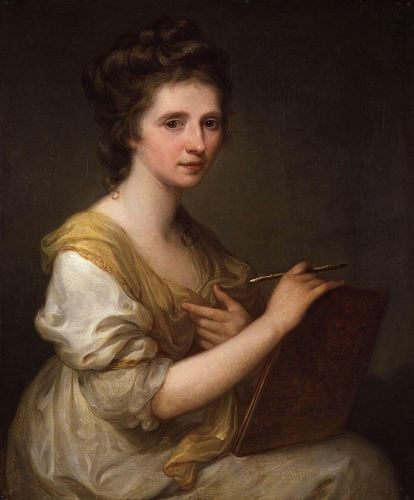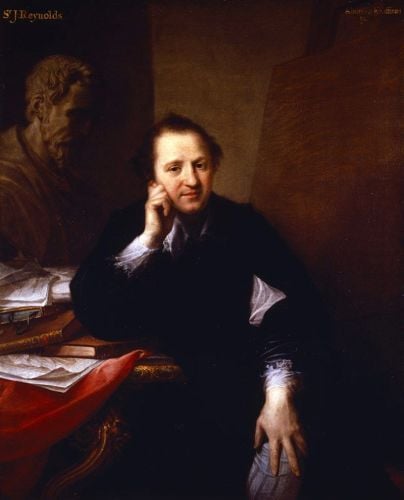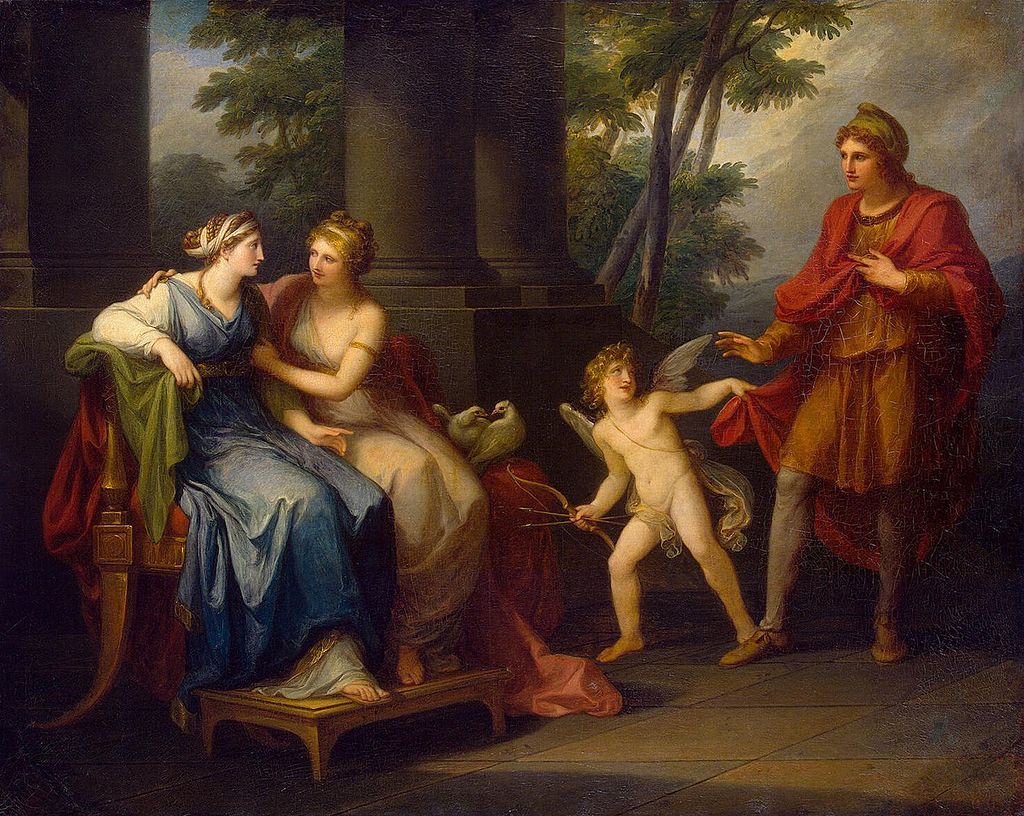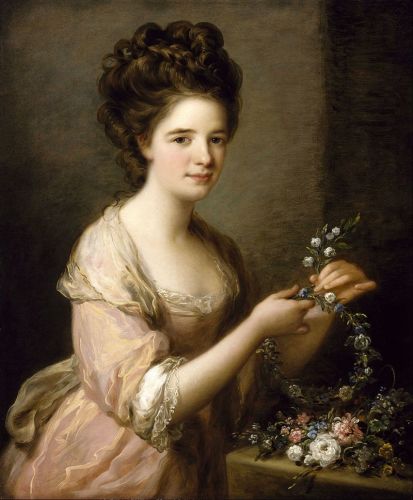Feminist Icon - Angelica Kauffmann (1741–1807)
Posted on
I have just spent my lunchtime reading about this remarkable woman, so I just wanted to share a little info about her here. I do love to highlight the achievements of feminist icons and trailblazers through the years.
Angelica Kauffmann

Anglica was a painter, who carved her way in the male dominated world of art and became hugely successful in London and Rome. She was born on 30th October 1741 in Chur, Switzerland. Her father was an impoverished artist who encouraged his daughter's interest in art. By the age of 11, Angelica's prodigious talents were widely recognised: she was a gifted musician, spoke four languages, and was commissioned to paint portraits of aristocrats and members of the clergy.
Her mother died when Angelica was 13 and she and her father moved from Como to Milan and then to Schwarzenberg in Austria before returning to Italy, where Angelica became a member of the Accademia di Belle Arti di Firenze in 1762 – an extraordinary achievement for a woman of only 21. As famous for her charm as she was for her artistic gifts, she became a fashionable portraitist for British tourists in Rome – then the centre of the Western art world – and became close friends with Joshua Reynolds (they painted each other's portraits).

The year before the inauguration of the Royal Academy, however, Angelica's life was marred by a terrible scandal: she was duped into marrying a man who presented himself as Frederick de Horn, a wealthy Swedish count. He was in fact a penniless valet. The relationship ended after a few months, but not before he had humiliated Angelica and stolen her savings
Thankfully, in the wake of these devastating events, Angelica's friends rallied around and she gradually recovered financially – she was, by now, supporting her father and paying for the running of her household. Although Angelica earned her living primarily as a portrait painter – we know of 22 portraits, of which nine are self-portraits – she considered herself primarily a history painter.

In 1766, encouraged by Joshua Reynolds, Angelica moved to London, where she introduced the latest neoclassical ideas and established herself as a professional artist. Although 'self-advertisement was thought to be unfeminine', she was a canny self-promoter. Two months after her arrival, she wrote to her father: 'I have four rooms, one in which I paint, the other where I set up my finished paintings as is here the custom [so that] the people [can] come into the house to sit – to visit me – or to see my work; I could not possibly receive people in a poorly furnished house.'

In 1781, in London, Angelica married the Venetian artist Antonio Zucchi – a man, by all accounts, who was the opposite of her first husband. In July that year, accompanied by her father, they sailed for Ostend and eventually settled in Venice, where Angelica's portraits were in high demand. However, when her father died in the city in January 1782, Angelica couldn't bear to stay. Grief-stricken, they moved to Naples, where Angelica made sketches for a royal portrait, and then to Rome, where she became close friends with the renowned writer Johann Wolfgang von Goethe whom she painted in 1787.
When Angelica died in 1807, she had successfully infiltrated the male-dominated world of classical and portrait art in both London and Rome, and established herself as a leading artist of her time. Although Kauffmann had been embraced by the Royal Academy, the battle for equality was far from over. It took 168 years from the appointments of Kauffmann and Mary Moser for a woman to be elected to full membership of the Royal Academy, with the arrival of Laura Knight in 1936.
Thank you to artuk.org for the information and Jennifer Higgie who wrote the fabulous article. If you would like to read more about Angelica you can see her Tate page here and her Wikipedia page here.

Add a comment: